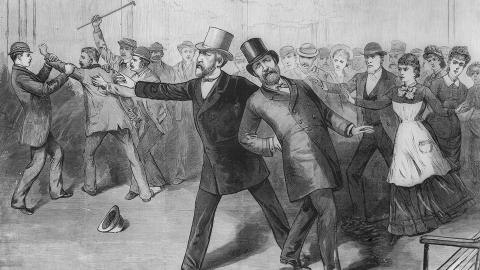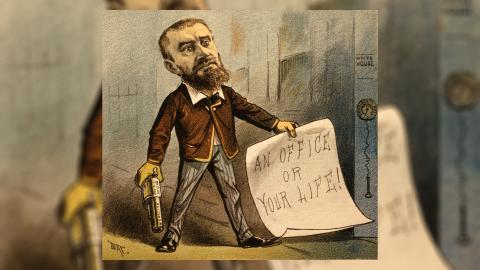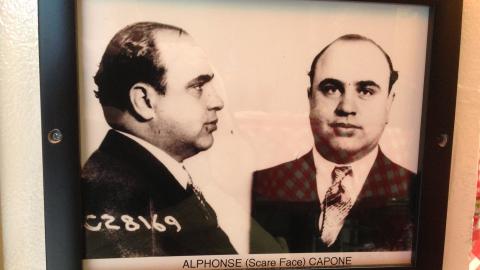On this day in 1995, a manifesto by the Unabomber, an anti-technology terrorist, is published by The New York Times and Washington Post in the hope that someone will recognise the person who, for 17 years, had been sending homemade bombs through the mail that had killed and maimed innocent people around the United States. After reading the manifesto, David Kaczynski linked the writing style to that of his older brother Ted, who was later convicted of the attacks and sentenced to life in prison without parole. All told, the Unabomber was responsible for murdering three people and injuring another 23. Theodore John Kaczynski was born on 22 May 1942, in Evergreen Park, Illinois, a Chicago suburb.
As a student, he excelled at mathematics, graduated from Harvard and received a Ph.D. in mathematics from the University of Michigan. In 1967, he got a teaching job at the University of California at Berkeley, but quit two years later. In 1971, Kaczynski purchased some property in Lincoln, Montana, with his brother. There, the future Unabomber built a small, secluded cabin where he lived off the land as a recluse from the late 1970s until his arrest on 3 April 1996. In May 1978, an unmailed package was found in a University of Illinois, Chicago, parking lot; a security guard was later injured when he opened the package. The following year, another bomb exploded at Northwestern University, in Evanston, Illinois, injuring one person. In November of that same year, 12 people on an American Airlines flight from Chicago to Washington, D.C., were treated for smoke inhalation when a bomb in a mailbag aboard the plane caught fire. Investigators eventually linked the three incidents, as the bombings continued and spread around the country. In December 1985, the owner of a computer store in Sacramento, California, was killed by a bomb filled with nail fragments.
After a similar explosion in Salt Lake City two years later, investigators got their first eyewitness description of the bomber after someone reported seeing a man in aviator sunglasses and a hooded sweatshirt at the scene of the crime. The FBI used the handle UNABOM ("UNiversity and Airline BOMber"), and the media soon dubbed him the Unabomber. In April 1995, the New York Times received a letter from the Unabomber stating that the killings would stop if the paper printed his 35,000-word manifesto. The manifesto, ‘Industrial Society and its Future’, railed against the evils of industrialisation, citing the physical and psychological weakening of the human race in its reliance on technology, as well as touching upon the environmental costs.
The Unabomber advocated the overthrow, violent or non-violent, of the entire economic and technological basis of human society. There was controversy as to whether the manifesto should be published. Letters were then sent threatening to continue the bombings, and the U.S. Department of Justice recommended publication in the interests of public safety. In September of that year, the Times and the Post complied, and David Kaczynski eventually recognised his brother Ted’s writing as that of the Unabomber and contacted the FBI. In January 1998, Kaczynski agreed to a plea bargain with the government and was sentenced to life in prison without possibility of paroles, narrowly escaping the death sentence. He is now incarcerated in a maximum security federal prison in Florence, Colorado.








